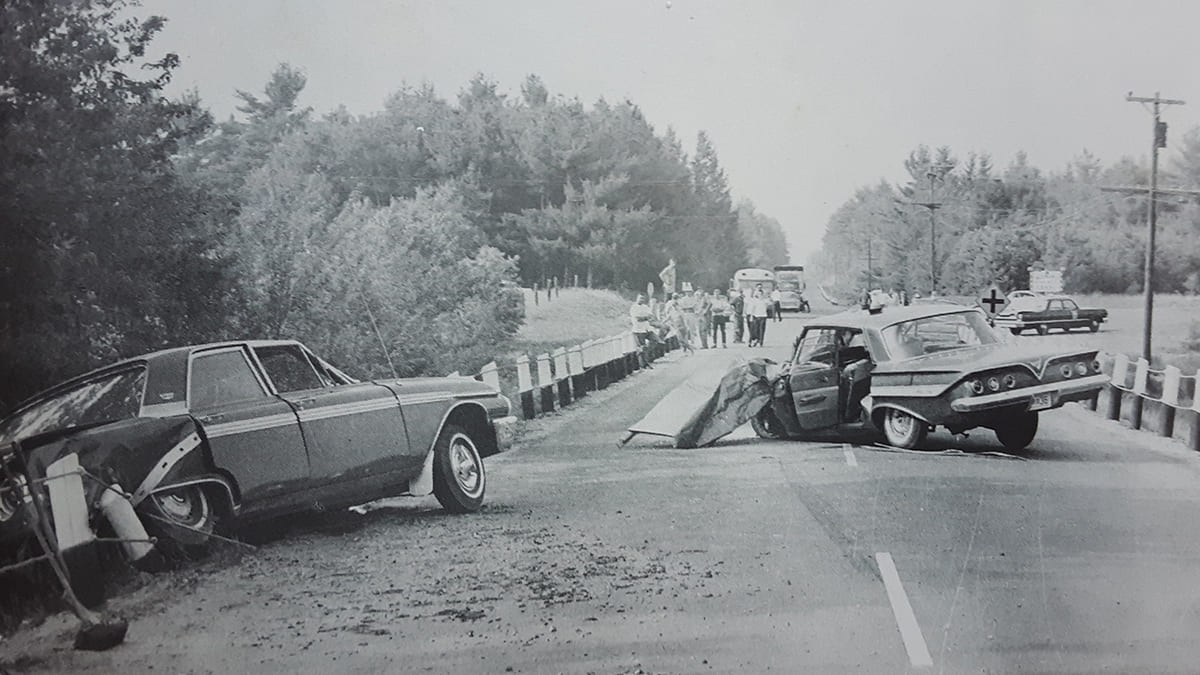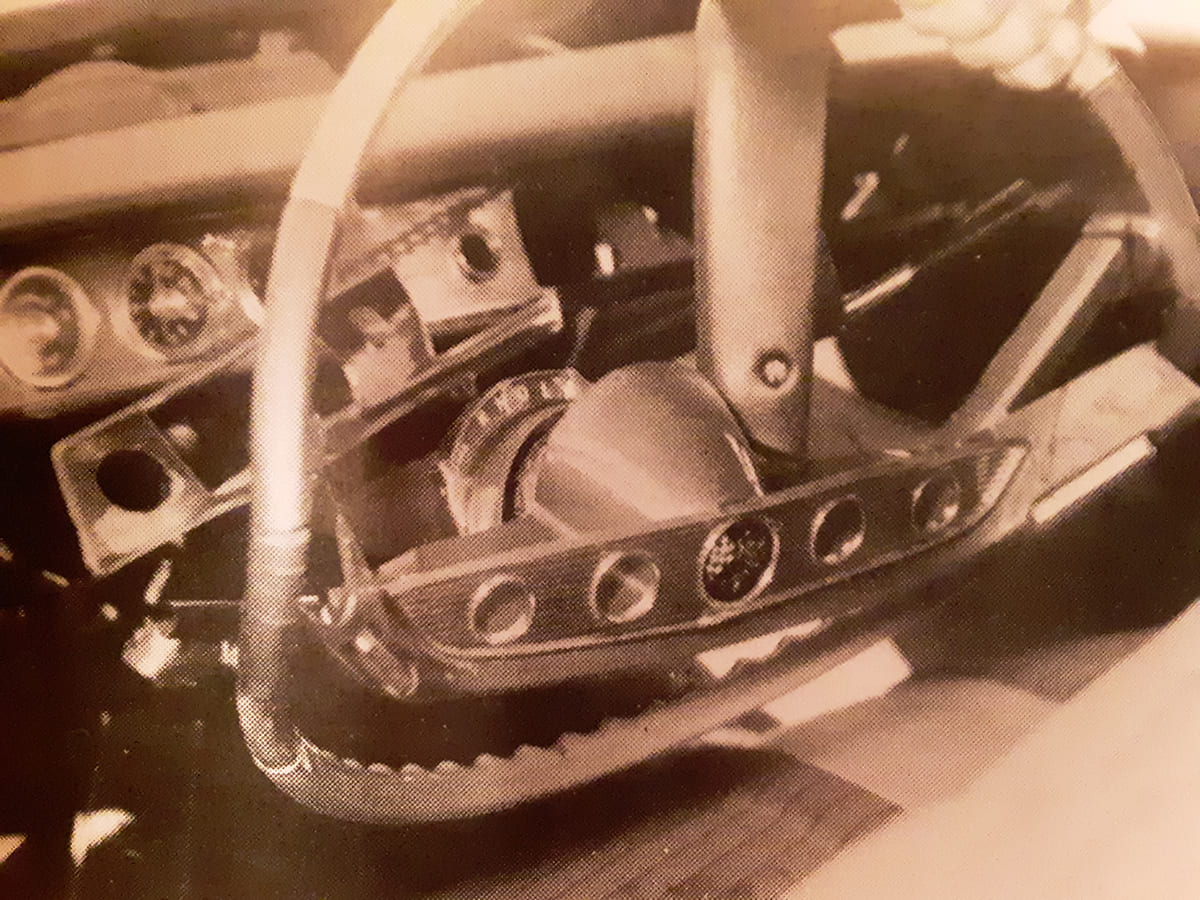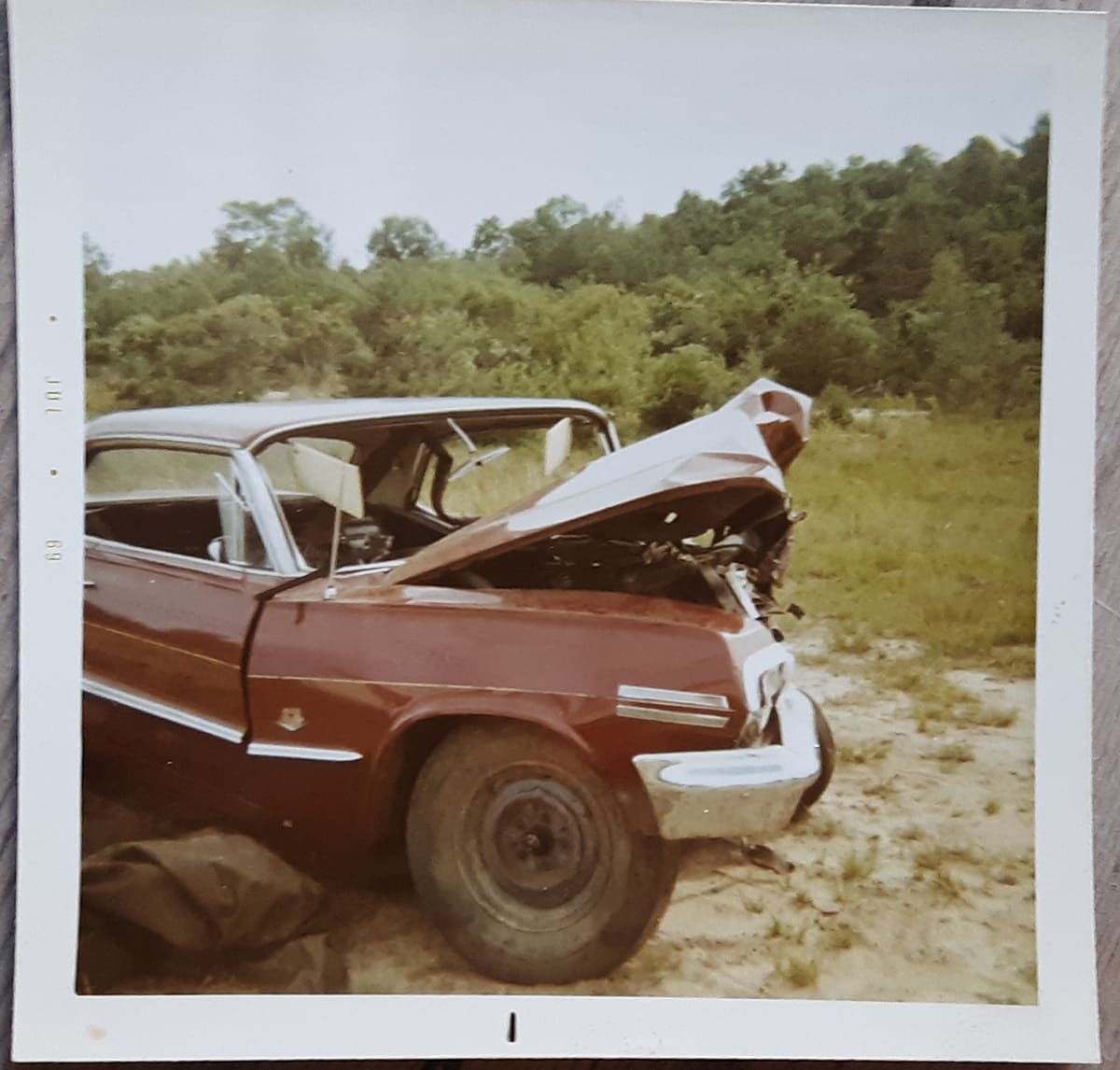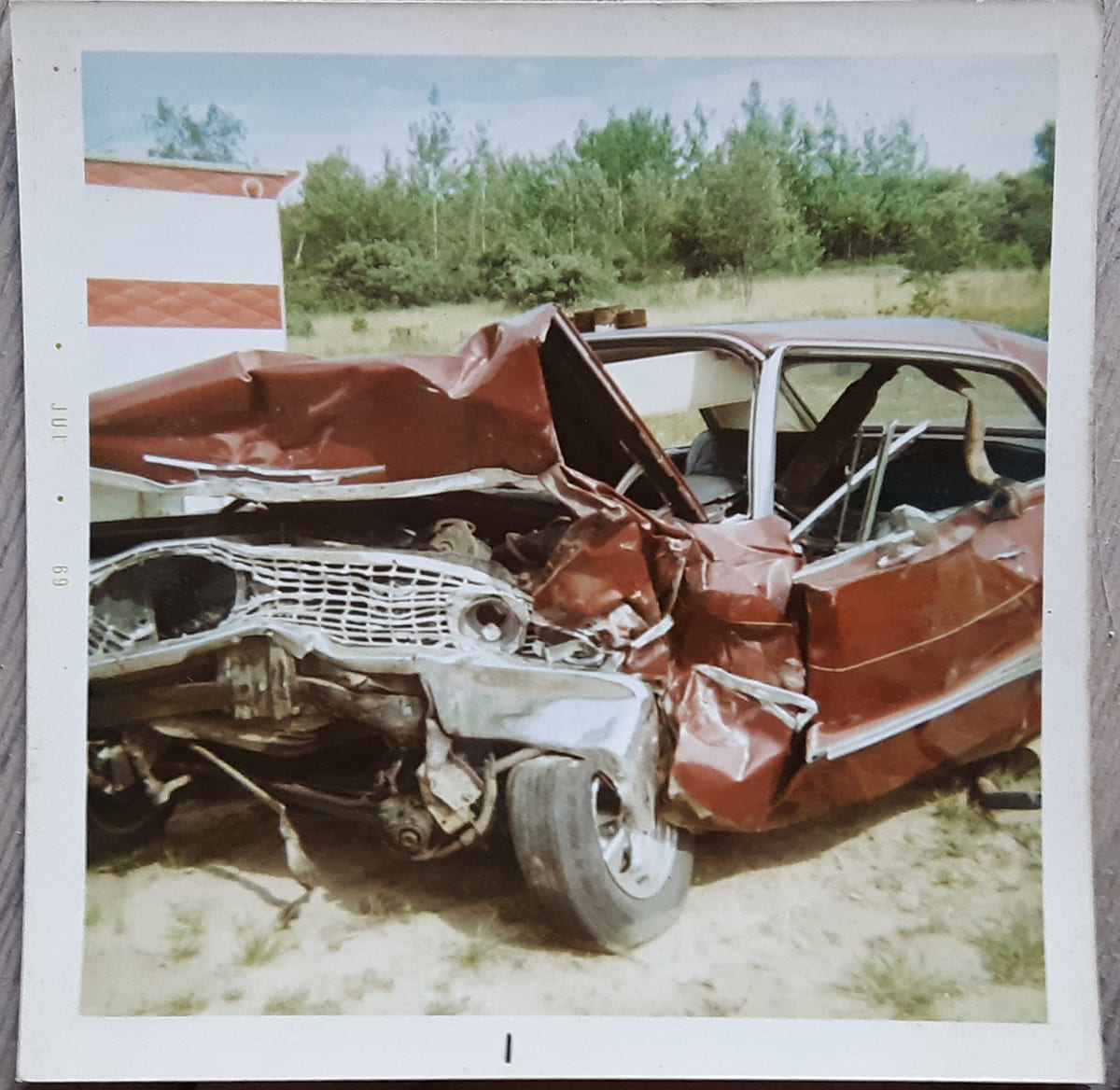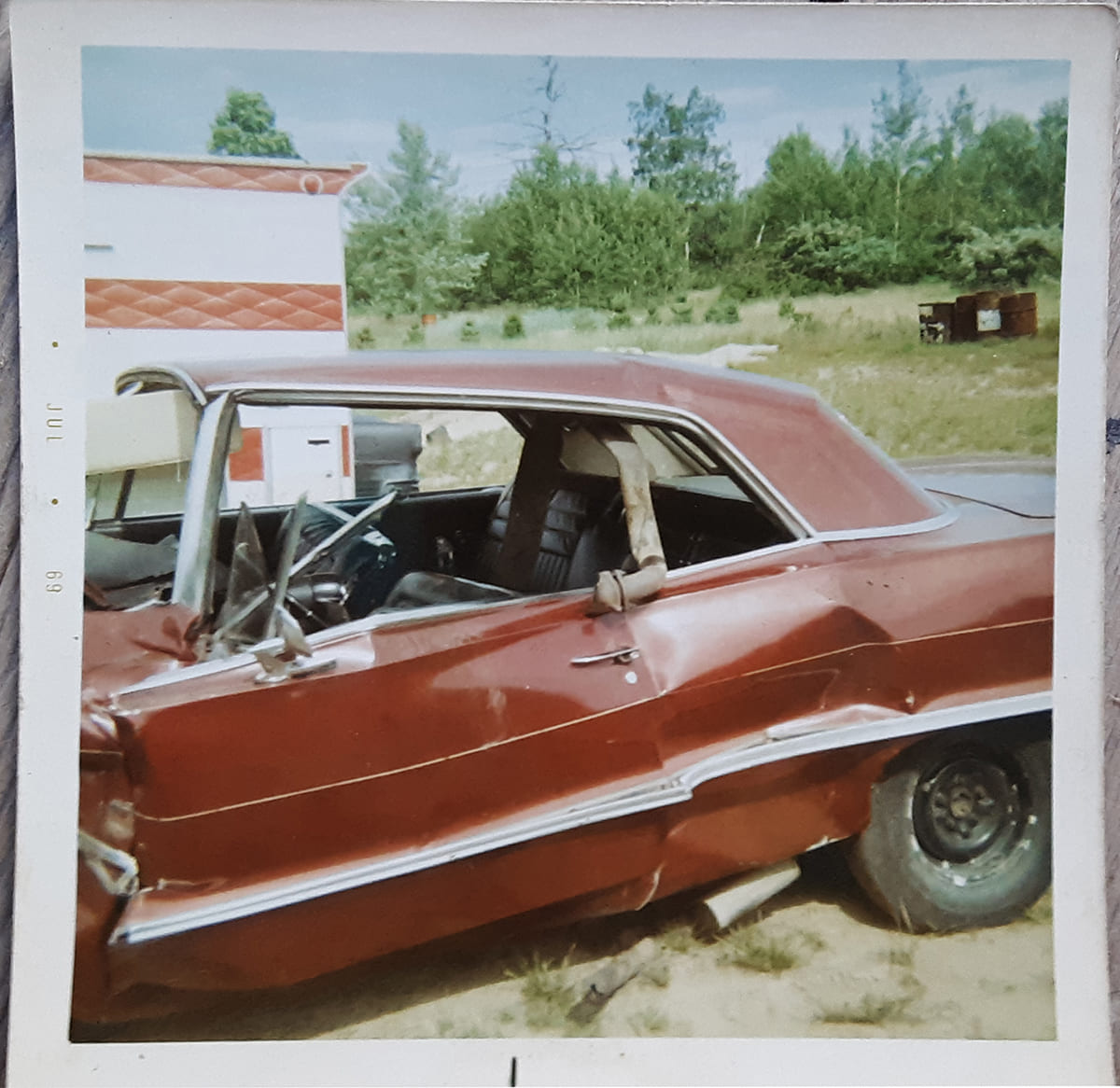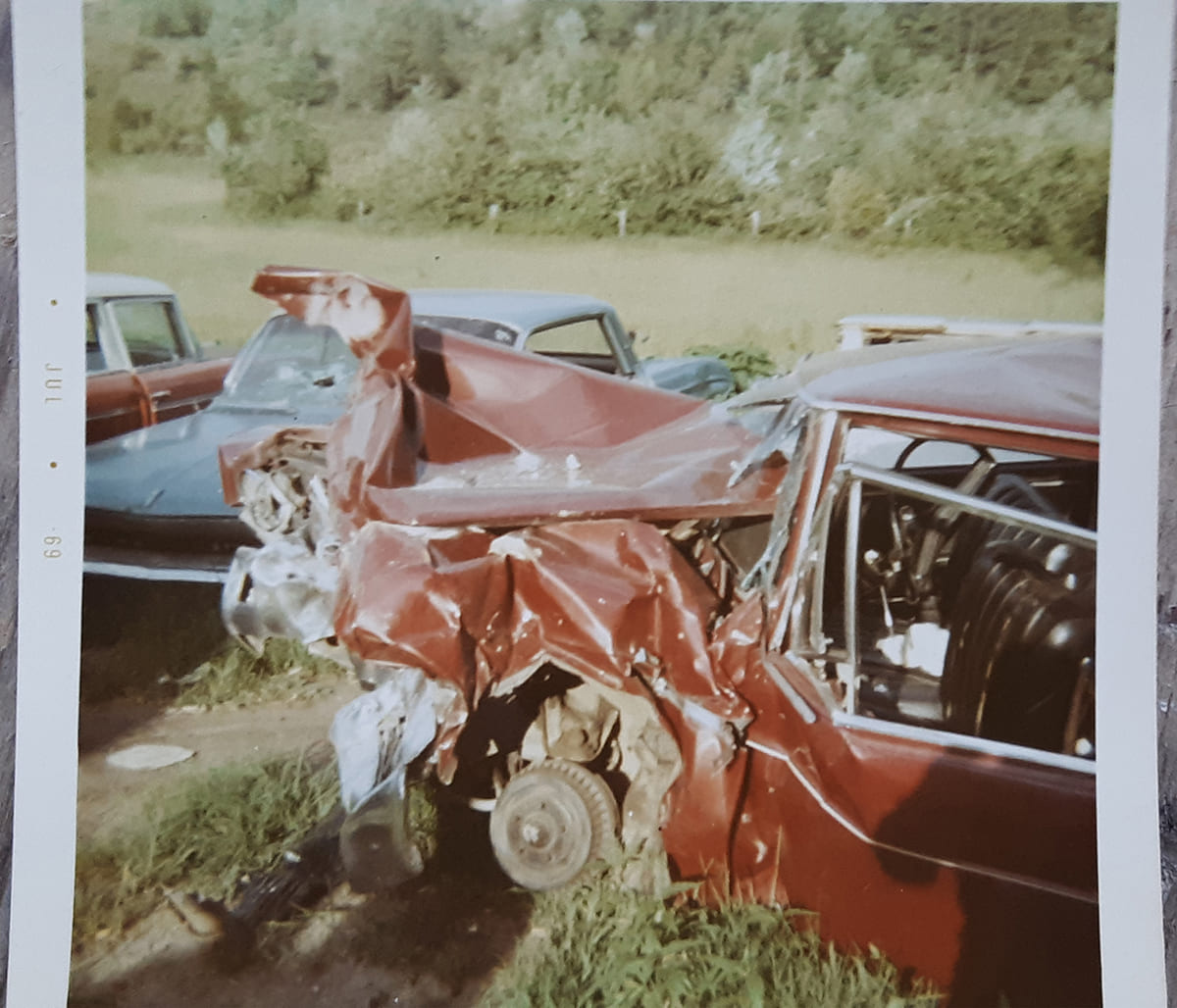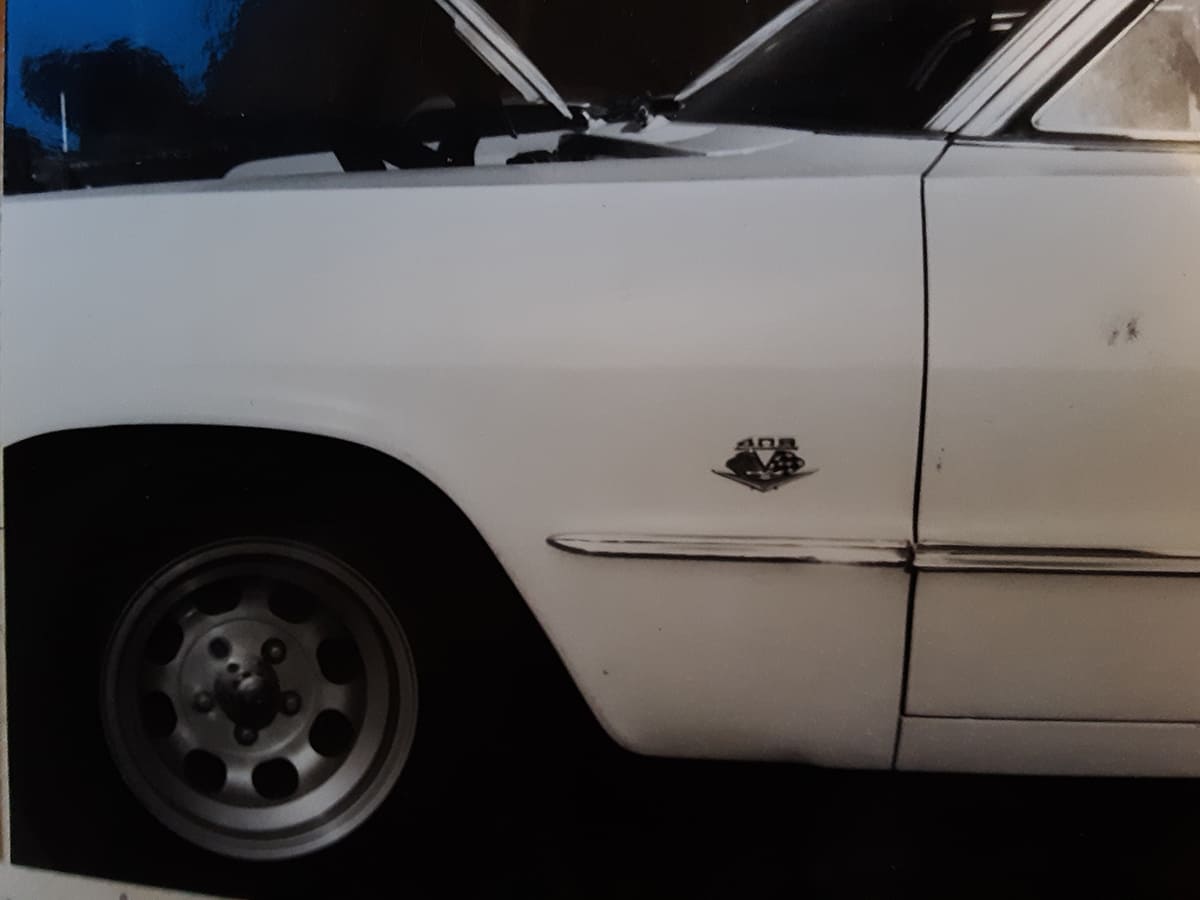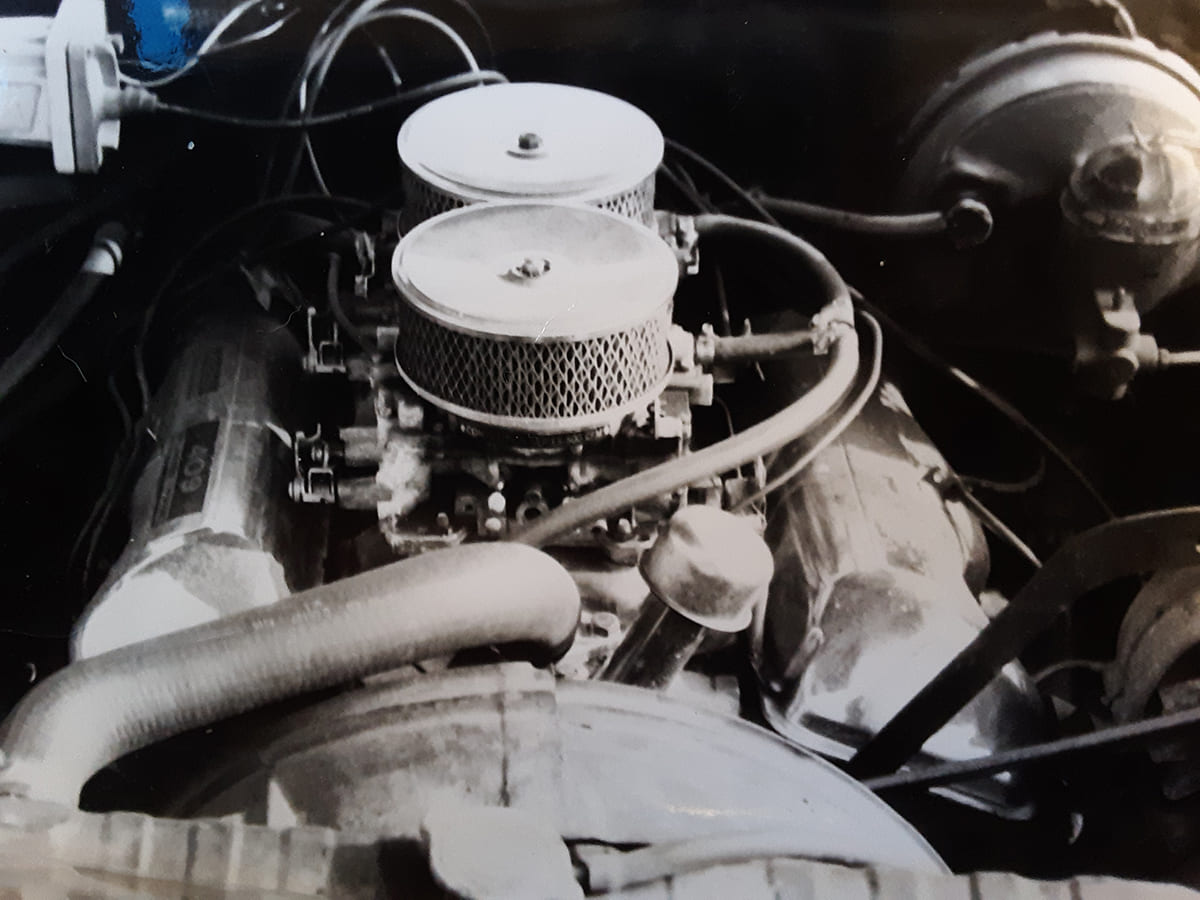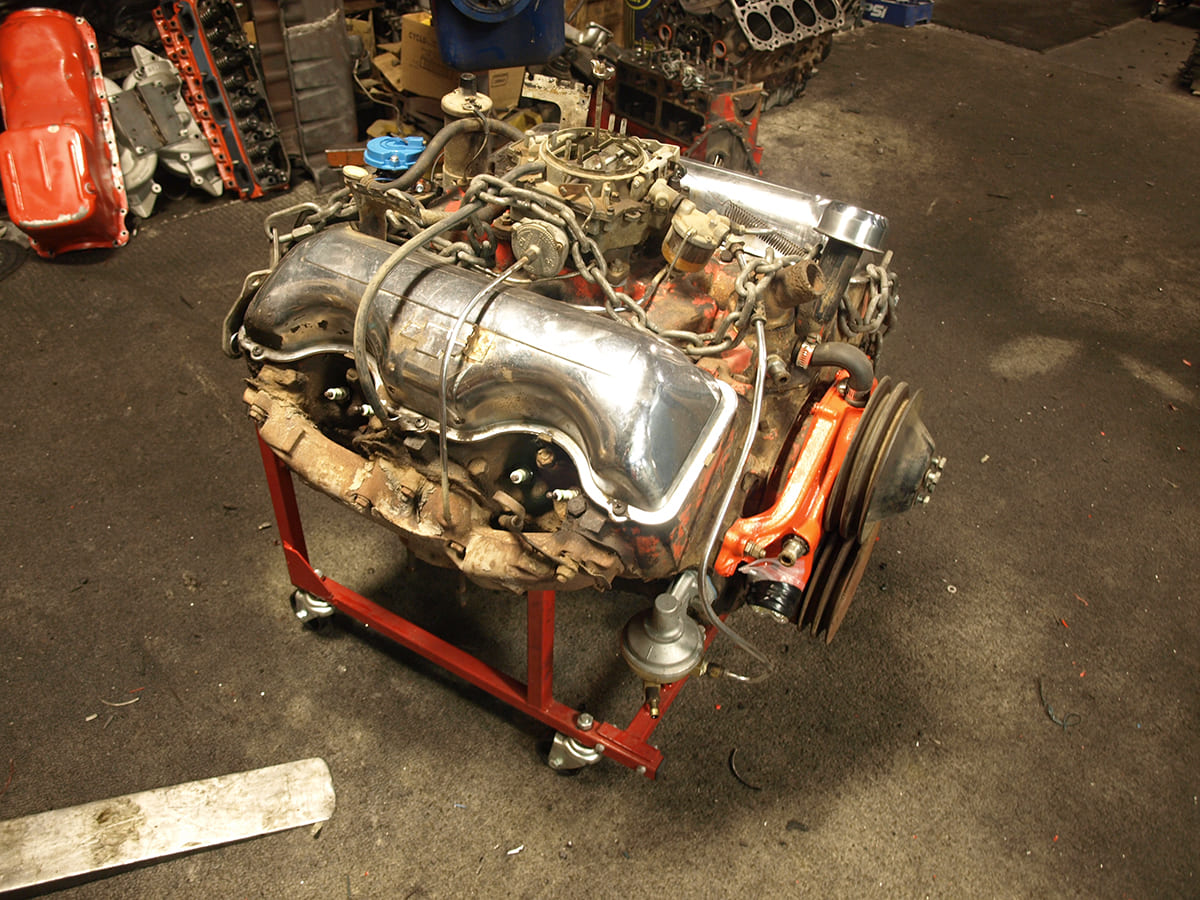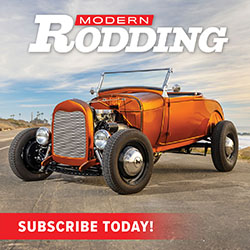X Marks the Splat
By Steve Magnante – Photography by the Author
When Chevrolet unveiled the 1958 passenger car lineup, the public was astonished to see that the entire passenger car line (except Corvette) sat nearly 3 inches lower than the 1957s. At the time this was a big deal since all of Detroit was caught up in a race to be the longest, lowest, and widest. The key detail that allowed the new 1958s to sit so low was the novel X-frame they rode on.
Unlike the conventional perimeter frame found under the 1957s, by pinching the side rails together around the driveshaft tunnel—and splitting the driveshaft into two nearly equal halves—the floorpan’s footwells sank closer to the ground without losing any ground clearance. And a lower floorpan allowed for lower cowl height and roof line measurements.
Chevy continued the use of this novel X-frame (and two-piece driveshaft) through the 1964 model year. In this edition of the Bowtie Boneyard let’s examine some X-frame Chevys that met with unfortunate ends on the highways and byways of America, and explore the 348/409 W-motor’s many moods.
Taken from a book titled Passenger Car Safety Dynamics and published in 1965 by the Motor Vehicle Research Center of New Hampshire, this picture (from page 313) shows the aftermath of a collision between a 1962 Ford Galaxie and a 1961 Chevy Impala. What sets the Impala apart is the large chrome “Vee with crossed flags” emblem set into the center of the decklid, an item only installed when the 348 big-block engine was ordered. By contrast, the Ford’s front fender lacks the pressed aluminum Thunderbird emblems installed on 352-, 390-, and 406-powered cars that year, so we can surmise it’s either a six-popper or a 292 V-8 car (neither of which sported external emblems in 1962). Maybe the Chevy driver was demonstrating 348 power to the Ford pilot and got a little too close.
On the next page of the Passenger Car Safety Dynamics book, this image shows the Impala’s deformed steering wheel. The plastic shift selector atop the steering column is engraved with “Drive, Low, and GR” (Grade Retard), indicating that a Turboglide triple-turbine transmission backs to a 348 underhood. The faux holes in the spokes of the steering wheel were an Impala trait since 1958, while the deformed hoop reminds us that the only Chevrolet with seatbelts in 1961 was the Corvette.
Moving on, this black-and-white print from a Polaroid Instamatic camera depicts another sadly abused 1961 Impala. The full wheel cover resting on the roof lacks the three-bar center spinner, ruling out the possibility this is one of the 456 Impalas built with the debut edition Super Sport package in 1961. And lacking the external engine displacement emblems Chevrolet would introduce in 1962, we can only guess at what engine lurks behind that mangled grille. Possibilities include the 235 cube six, 283 small-block, 348 big-block, or 409 (just 142 installed in 1961).
The 409 emblem on the front fender of this bashed 1963 Impala is the stuff of Beach Boys pop music. Though extremely rare in its debut year of 1961—when only 142 were built—by 1963 the 409 was installed in 16,884 fullsize Chevrolets, but never in Corvettes, Novas, or Corvairs. This color print is dated July 1969 so this unfortunate Impala enjoyed six years before meeting its end.
Viewed from the driver side, the base of the steering box is visible just inboard of the front wheel. Built before the advent of energy-absorbing, collapsible steering columns, driver injuries from column intrusion were a common issue. The 409-powered cars used the same die-cast Vee with crossed flags as small-block cars but with small 409 logos added above. 1963 brought the detuned L33 409, with smaller ports and valves, a single Rochester four-barrel carb on an iron intake and 10:1 pistons, it made 340 hp. Of the 16,884 409s built in 1963, 10,586 were detuned L33s, the rest were 400hp, single-quad L31s and 425hp dual-quad L80s.
Seen from the driver side, the anodized horizontal body trim tells us this Impala was ordered with the Z03 Super Sport trim package, a $161.40 upcharge installed on 153,271 two-door hardtops and convertibles, which included front bucket seats and other trim. Before 1969, the SS option could be had with any engine in the option book, including the base inline-six. We can only wonder if the exposed rear axle hub is connected to a G80 Positraction differential. Surprisingly, Positraction was not standard equipment with the 409—or any engine. If you wanted a true “four-speed, dual-quad, Positraction 4-0-9,” you paid an extra $43.05 to burn both tires.
In this picture, the Cragar SS wheel has been removed to reveal the heavy-duty 11-inch finned drum brakes found on all Impalas; optional front discs were still several years away. Inside, the bent steering wheel reminds us that seatbelts weren’t standard issue until 1965. The jumbled bucket seats sit astride the chrome lever of a four-speed shift handle. The 409 could be had with the M35 Powerglide automatic (low-performance L33 only), three-speed manual, M20 four-speed wide-ratio, or M21 four-speed close-ratio gearboxes.
Through the void of the missing windshield we can see the unique Impala radio speaker perched in the middle of the rear seat upright. Unfortunately, there’s not enough light to see if the 409 was still in place when the end came. By 1969 (when these pictures were taken), many 409s had suffered from brutal treatment, their hefty pistons often leading to rod failure—and an engine swap to a 327 or 396. It was a classic scenario.
From the rear, this Impala seems ready to roll, its SS-specific engine-turned-decklid appliqué still shiny. The lightweight trailer hitch hints at quiet days fishing on the lake, but sadly this 409’s days are over.
Since we’re on the topic of X-frame Chevys and 409s, I took this picture back in 1983 only because I spotted the 409 fender emblems on this Impala wagon, otherwise I wouldn’t have given it a second look. After all, it was only 20 years old when I spotted it.
Close scrutiny of the wagon’s 409 badge reveals correct placement. It’s very difficult to achieve the right orientation when adding these emblems to a non-409 fender. I had to know more.
With nobody around to stop me, I popped the hood and was shocked to see L80-spec dual Carter AFBs and chrome valve covers with factory-applied 409/425 decals. But, inside, I spotted a column-shifted Powerglide transmission. The hot L31 and dual-quad L80 were strictly stick-only. My 19-year-old mind boggled.
The tailgate slogan made it clear this car’s owner knew what he had. My guess is that the car was a true factory L33 409 car, originally ordered for family hauling duties. Most likely a subsequent owner had a dual-quad 409 laying around and decided to give it a shot in the arm. After spotting this car in Warren, Massachusetts, in 1983, I lost track of it. I wonder where it is today.
Here’s an unrestored 1963 L33 409. Though Chevy gave it classy chromed rocker covers and deep groove pulleys, from its cast-iron intake manifold to its low-port heads, it has more in common with the 1958-1961 348. And because of these low-port heads, aluminum single- and dual-quad intake manifolds from hotter solid lifter L31 and L80 409s will not fit as the L33’s port windows are too small and an air gap results. The low-performance L33 was offered alongside the hotter 409s right up to the end of 409 production in mid 1965.


















